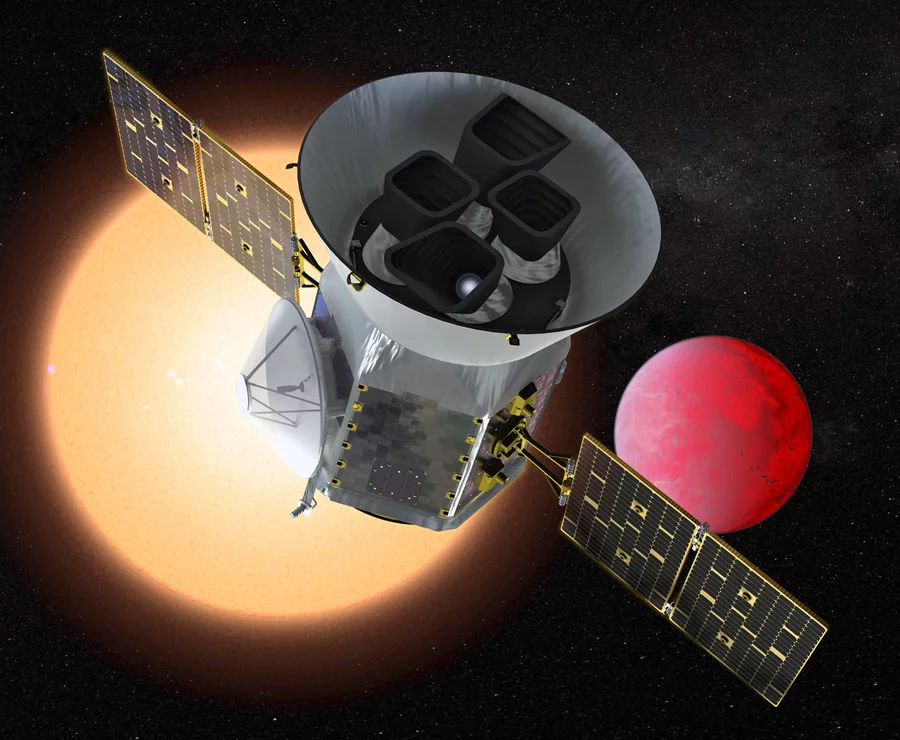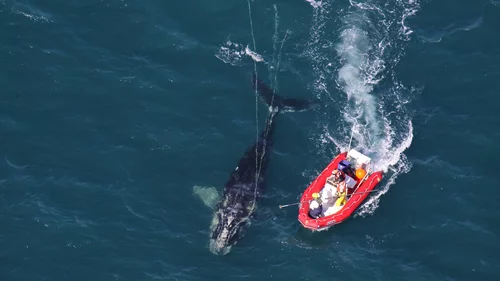 It was just a normal day's flying for Alex Dietrich – until it wasn't. Streaking through the sky over the tranquil expanse of the Pacific Ocean near San Diego, the US Navy lieutenant commander was taking her F/A-18F Super Hornet fighter jet on a training mission with a colleague in another plane. Then came a voice through the crackle of the radio.
It was just a normal day's flying for Alex Dietrich – until it wasn't. Streaking through the sky over the tranquil expanse of the Pacific Ocean near San Diego, the US Navy lieutenant commander was taking her F/A-18F Super Hornet fighter jet on a training mission with a colleague in another plane. Then came a voice through the crackle of the radio.
It was an operations officer aboard the warship USS Princeton, asking them to investigate a suspicious object flitting around: on several occasions, it had been spotted 80,000ft (24.2km) high, before suddenly dropping close to the sea and apparently vanishing.
When the two jets arrived at its last known location, close to the ocean's surface, the water seemed almost to be boiling. Moments later Dietrich saw it: what seemed to be a whitish, oblong object around 40ft (12m) long, hovering just above the water – like a wingless capsule, which she described as resembling a Tic Tac. As they edged in closer, it was gone, accelerating off into the sky at what seemed an impossible speed, leaving a glassy expanse of regular sea behind.

 Science Glance
Science Glance




































